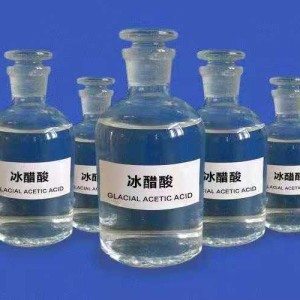
中文名称 : 冰醋酸
英文名称:Glacial Acetic Acid
CAS No. : 64-19-7
分子量 : 60.05
分子式 : C2H4O2
EINECS : 200-580-7
海关编码 : 2915211900
glacial acetic acid
IUPAC Name Acetic Acid
Cas Number 64-19-7
HS Code 29152100
Formula CH3COOH
Industry
Basic Info
Appearance
Clear Colorless Liquid
Common Names
-
Packaging
200 @ 10 kg Multi-layer Kraft Bag, 2 MT / 20'FCL
700 @ 30 kg drum, 21 MT / 20'FCL
Brief Overview
Glacial Acetic acid is the undiluted form of acetic acid. Acetic acid, also known as ethanoic acid, has a molecular formula CH3COOH. It is a weak monoprotic acid which is able to lose a proton from its acid functional group (-COOH) readily and produce a conjugate base, acetate anion. Acetic acid is also a polar protic solvent as it dissolves readily and is miscible in other polar solvents such as water. However, its polar nature makes it insoluble and immiscible in non-polar solvents such as octane. Using acetic acid as a starting reagent, it readily forms other organic reagents such as acetyl chloride and ethanol though substitution and reduction reactions respectively. Acetic acid can also corrode metals such as iron, magnesium and zinc, forming hydrogen gas and metal acetates. But since aluminium forms a protective layer of aluminium oxide on its surface, it is acid-resistance and hence aluminium tanks are used as an option to transport acetic acid. Alternatively, high-density polyethylene (HDPE) drums can also be used to transport acetic acids as due to their resistivity.
Manufacturing Process
Method 1: Carbonylation of Methanol
Acetic acid is manufactured via carbonylation of methanol. Metal carbonyl is added to methanol via rhodium-catalyzed Monsanto process or iridium-catalyzed Cativa process. However, with the introduction of iridium-catalyzed Cativa process, Monsanto process became obsolete. Due to the economic and environmental friendliness, Cativa process soon became the main process used to manufacture acetic acid.
Method 2: Acetaldehyde Oxidation
Acetic acid is also manufactured via acetaldehyde oxidation, where oxidizing butane and hydrating ethylene via Wacker process obtain acetaldehyde. This crude acetaldehyde is purified by extractive distillation, followed by fractional distillation. This acetaldehyde will further oxidize to acetic acid.
Method 3: Oxidative Fermentation and Anaerobic Fermentation
Acetic acid can also be manufactured via oxidative fermentation using acetic acid bacteria Acetobacter in alcoholic content, and via anaerobic fermentation using anaerobic bacteria Acetobacterium. The Acetobacter method remains more cost effective to produce acetic acid.
食品行业
在食品工业中,醋酸被用作酸度调节剂和调味品。醋酸也被用作制作醋的主要原料。在食品工业中,醋酸还被用作抗菌剂和添加剂。
中间化学品
以乙酸为极性质子有机溶剂,进行再结晶和纯化对苯二甲酸(PTA)的生产。这是一种前驱体,又被用于生产聚对苯二甲酸乙二醇酯(PET), PET用于生产服装和塑料。
其他用途
醋酸有助于分解蔗糖中的淀粉和糖,以及牛奶中的糖。还用于生产醋酸乙烯单体、乙酸酐、醋酸酯以及纯化对苯二甲酸。此外,醋酸还广泛用于纺织加工和印刷。醋酸被用来合成乙酸酐作为乙酰化剂,其主要用途是醋酸纤维素。
* 称呼: |
|
* 电话: |
|
* 邮箱: |
|
* 公司名称: |
|
内容: |
|





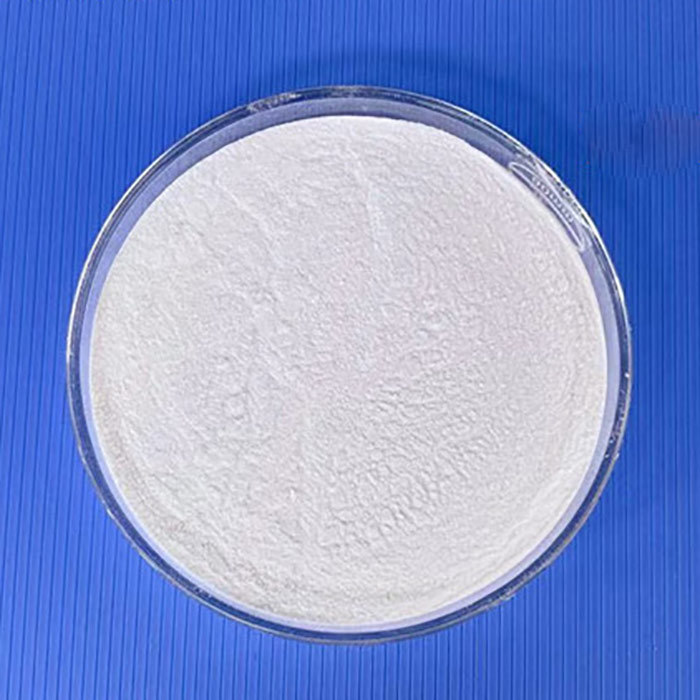

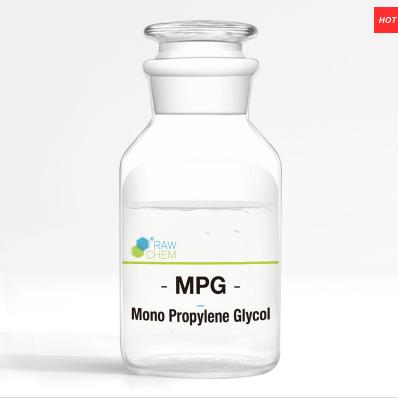
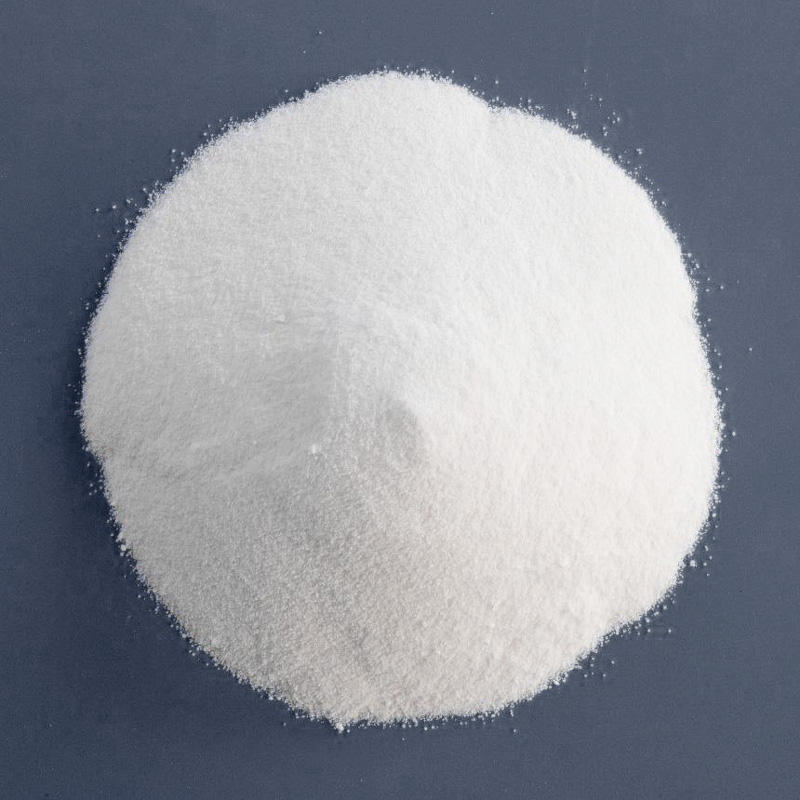
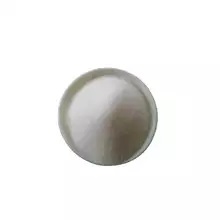
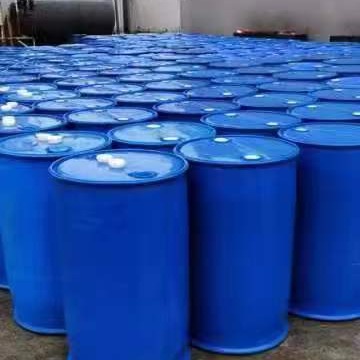 正丁酸
正丁酸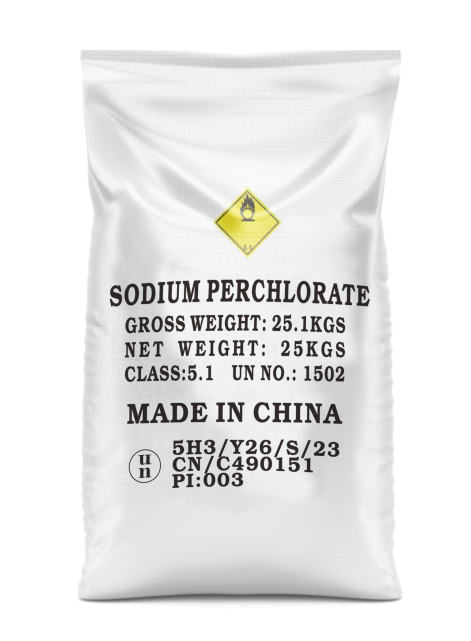 一水高氯酸钠
一水高氯酸钠 氰化钾
氰化钾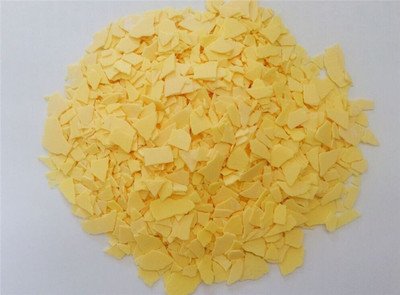 硫化钠
硫化钠



